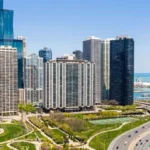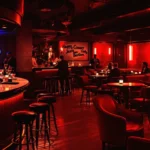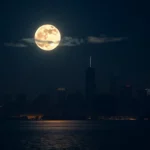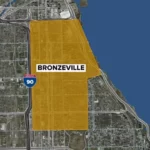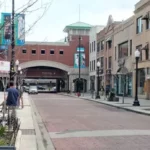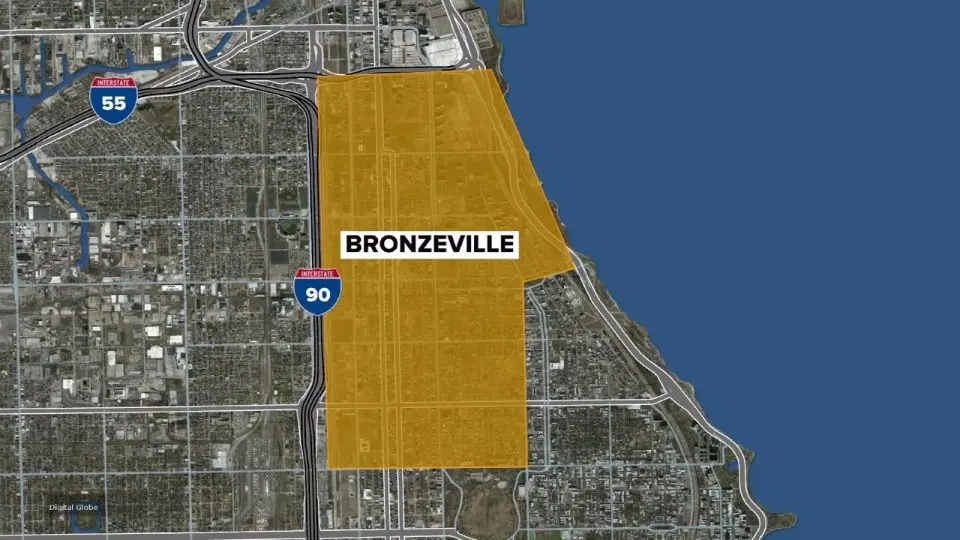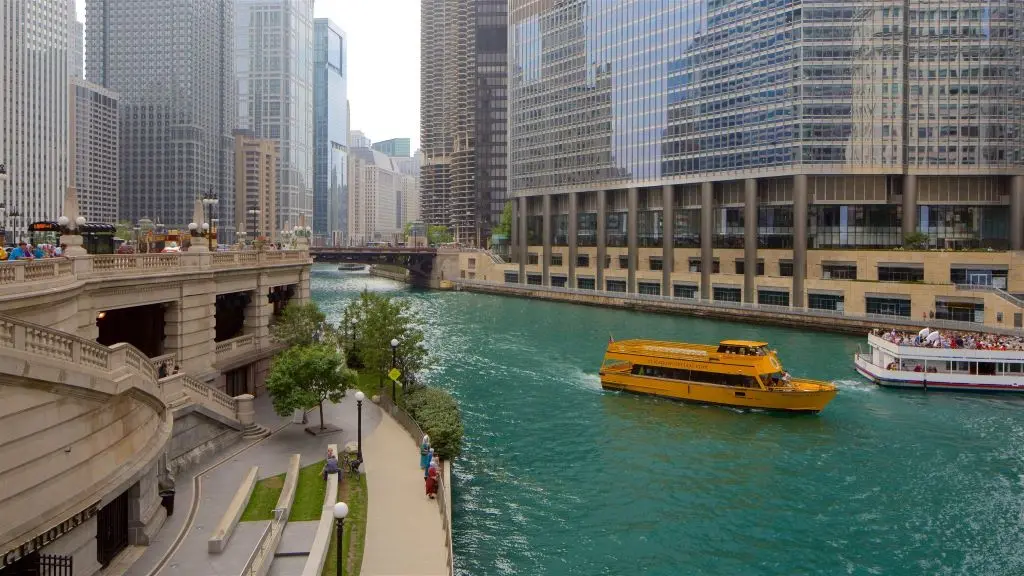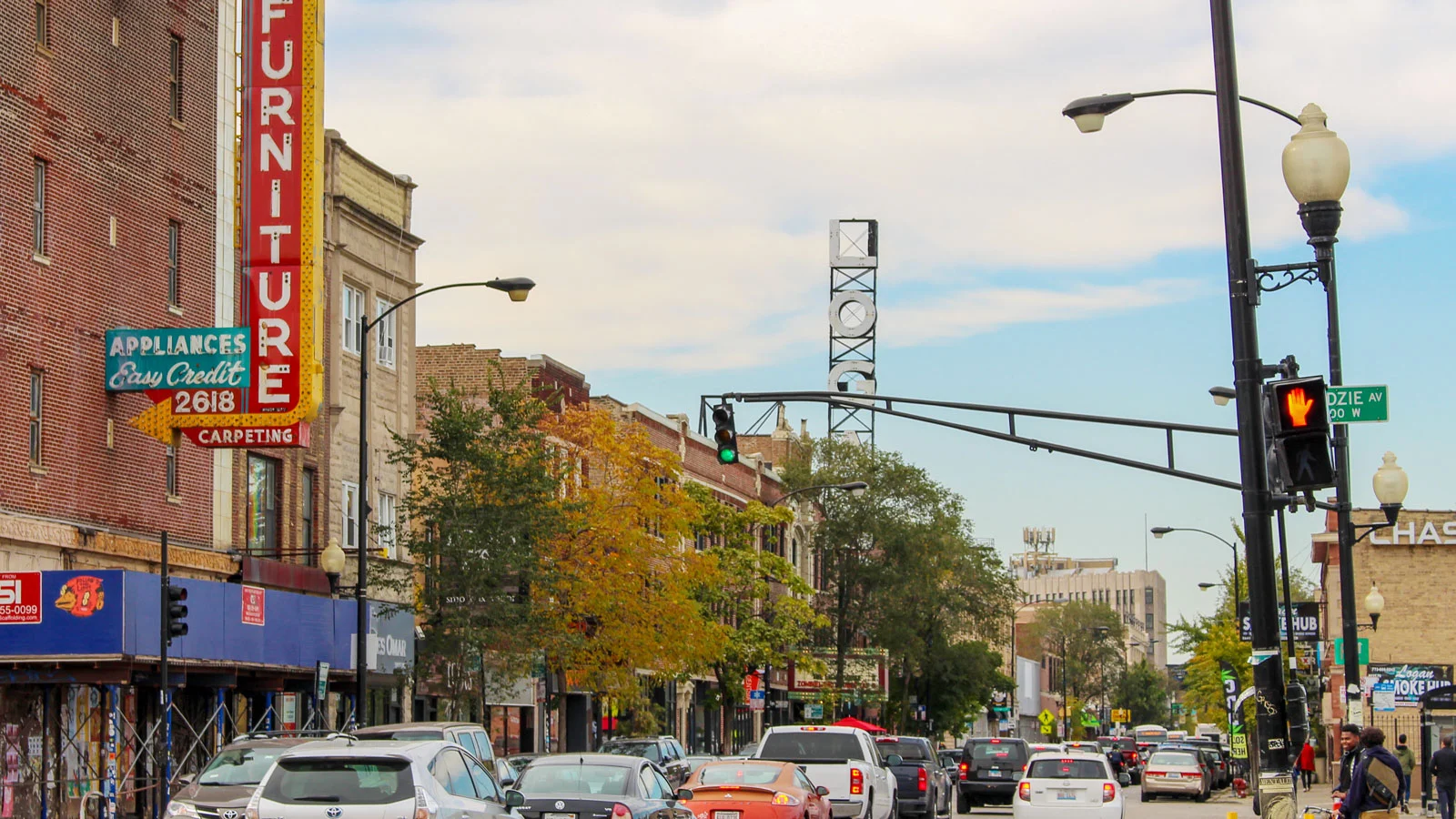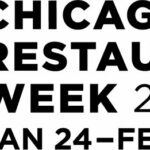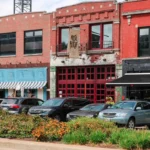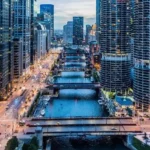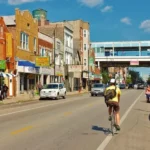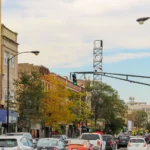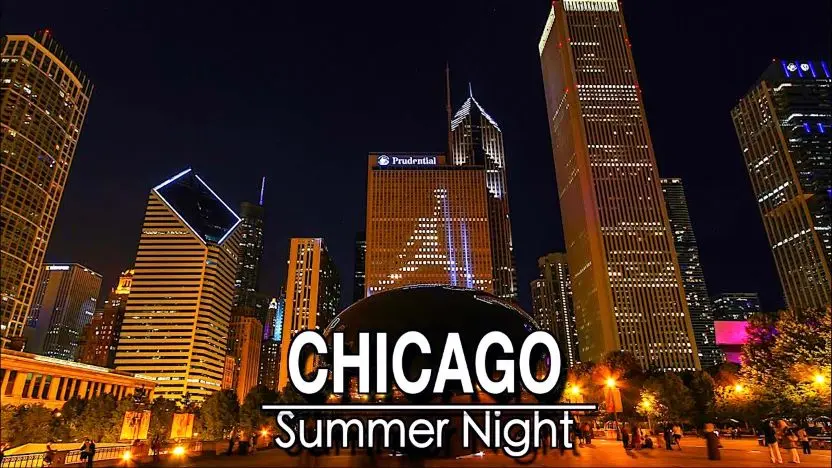What is the History of Bronzeville’s “Black Metropolis”?
Bronzeville, tucked away on Chicago’s South Side, grew into a vibrant hub of Black culture, business, and intellectual life by the early 20th century. While researching Chicago’s culture, I discovered Bronzeville and was immediately drawn to its immeasurable importance in American history.
Between 1916 and 1970, over 500,000 African Americans fled the rural South for Chicago during the Great Migration, forever changing the identity of this neighborhood as they brought with them aspirations for upward mobility and refuge from Jim Crow laws.
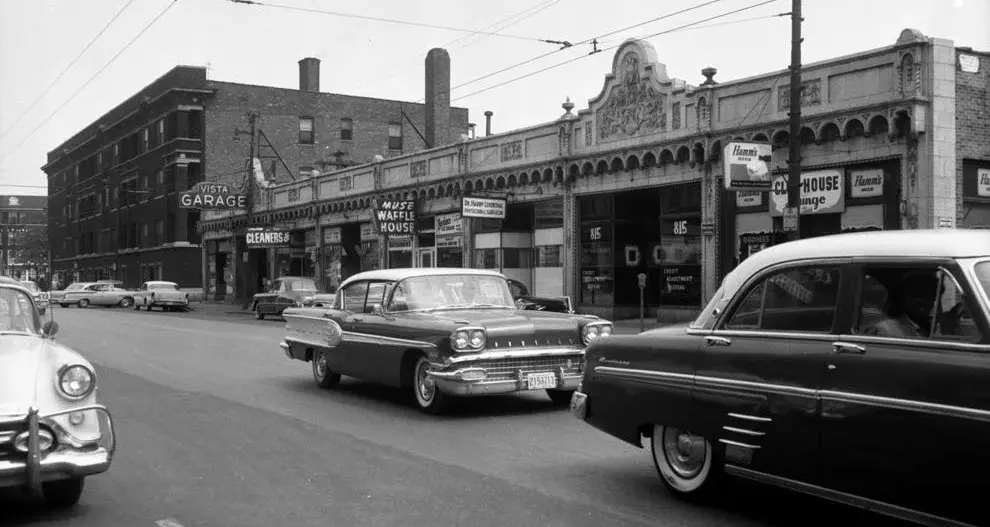
Prohibitive housing covenants forced these newcomers into a narrow corridor along State Street and nearby neighborhoods, forming an intensely vibrant, but involuntarily segregated community.
The phrases “Black Metropolis” or “Black Belt” began to encapsulate this flourishing culture. Beyond systemic racism and a lack of resources, community members created incredible institutions—churches, businesses, newspapers, theaters, and social organizations that sustained the community.
The neighborhood’s population density, which, at times, reached 90,000 people per square mile, helped create conditions in which talent, necessity, and cultural exchange triggered extraordinary avenues of innovation.
Famous Figures Who Made Bronzeville a Cultural Mecca
Walking through Bronzeville today, you can almost hear the echoes of Louis Armstrong’s trumpet transforming American music forever. Armstrong arrived in Chicago in 1922 to join King Oliver’s Creole Jazz Band, and his revolutionary style at venues like the Sunset Cafe helped establish Bronzeville as a national jazz epicenter. When I visited the former Sunset Cafe site (now a hardware store with historical markers), I couldn’t help imagining the electrifying performances that once filled that space.
Literary genius bloomed here, too, most famously the Pulitzer Prize-winning poet Gwendolyn Brooks. Brooks grew up in Bronzeville, where she wrote unforgettable lines that reflected the complicated reality of the neighborhood. Her 1945 collection, “A Street in Bronzeville,” grooves intimate pictures of everyday life that still speak to readers today.
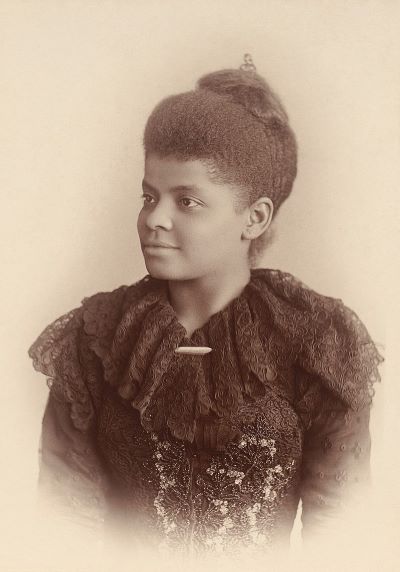
The neighborhood also fostered trailblazers such as the investigative journalist and early civil rights advocate Ida B. Wells, who courageously chronicled lynchings and fought for women’s suffrage, and Bessie Coleman, the first African American woman to receive a flight license. Their determination to triumph over barriers that seem insurmountable captures the spirit of Bronzeville.
How to Explore Bronzeville’s Historical Landmarks Today?
The Chicago Bee Building at 3647 S. State Street, with its stunning Art Deco façade, once housed the influential Chicago Bee newspaper and now serves as a branch of the Chicago Public Library. I spent an afternoon exploring its historical exhibits and was struck by how the building itself embodies the neighborhood’s resilience.
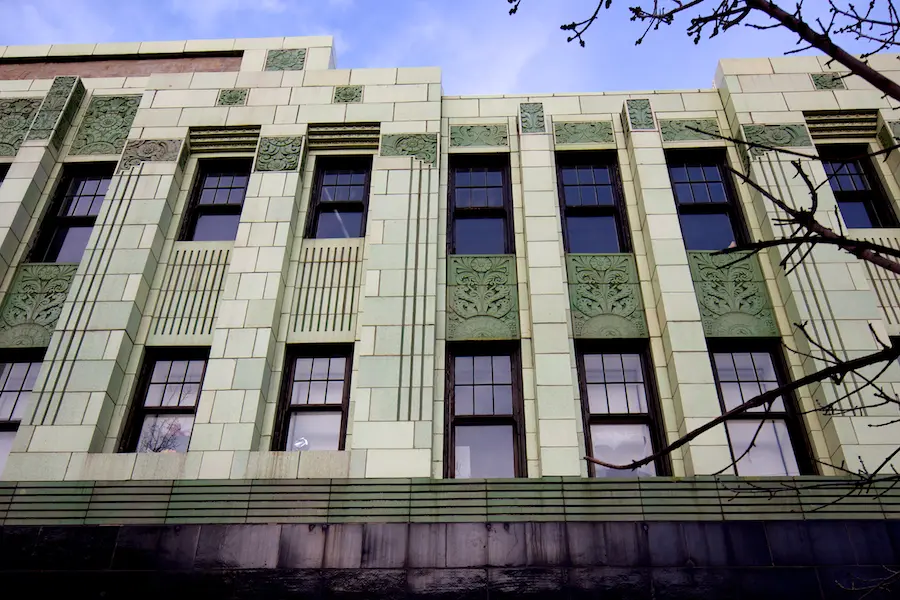
The heart of historic Bronzeville offers numerous significant sites within walking distance:
- The Monument to the Great Northern Migration at 26th and King Drive
- The former Eighth Regiment Armory (now the Chicago Military Academy)
- The historic Overton Hygienic Building, once the headquarters for a pioneering Black cosmetics company
For deeper exploration, the University of Chicago maintains extensive archives and regularly hosts public programs examining Bronzeville’s cultural significance. Their Chicago Studies initiative provides excellent resources for visitors wanting to understand the neighborhood’s pivotal role in American history.
How Did Bronzeville Rival Harlem as a Cultural Center?
While Harlem often dominates discussions of the early 20th century Black cultural renaissance, Bronzeville’s intellectual and artistic contributions were equally transformative. The neighborhood’s density created an environment where cultural exchange happened organically—in barbershops, churches, nightclubs, and community organizations.
Gospel music as we know it today was largely born in Bronzeville, with Thomas A. Dorsey (the “Father of Gospel Music”) developing this powerful form at local churches like Pilgrim Baptist. Meanwhile, jazz venues along the “Stroll” on State Street showcased innovations that would forever change American music, hosting legends like Jelly Roll Morton, King Oliver, and Jimmie Noone alongside Armstrong.
What Is Bronzeville Like Today Compared to Its Historical Heyday?
Today’s Bronzeville is experiencing a renaissance of its own. The Bronzeville Winery, which I visited last month, exemplifies this revitalization—offering exceptional cuisine alongside community programming that honors the neighborhood’s legacy while creating new cultural connections. Other establishments like Peach’s Restaurant and Honey 1 BBQ are creating fresh culinary traditions while respecting historical roots.
Housing developments blend preservation with progress, with historic greystones being restored alongside thoughtful new construction. Community-led initiatives have been instrumental in ensuring that development benefits long-term residents while welcoming newcomers who appreciate the area’s rich heritage.
How Can Visitors Explore More Neighborhoods Beyond Bronzeville?
Chicago Studies programs offer excellent frameworks for exploring connections between Bronzeville and other historic neighborhoods. These programs highlight how communities across Chicago influenced and shaped each other, creating a richer understanding of the city’s complex tapestry.
For visitors, several hotels near Bronzeville provide convenient bases for exploration. The recently renovated Sophy Hyde Park and La Quinta Inn & Suites Chicago Lake Shore offer comfortable accommodations within easy reach of Bronzeville’s landmarks, allowing travelers to immerse themselves in this extraordinary neighborhood’s past and present.


